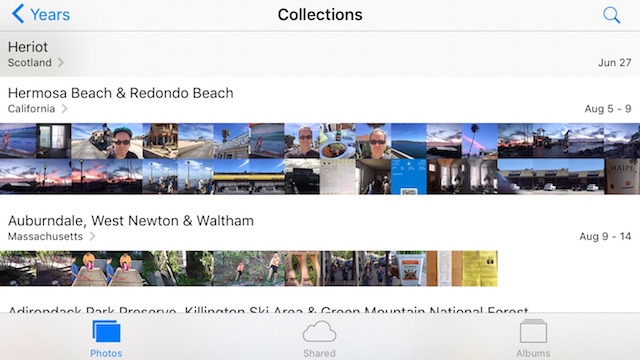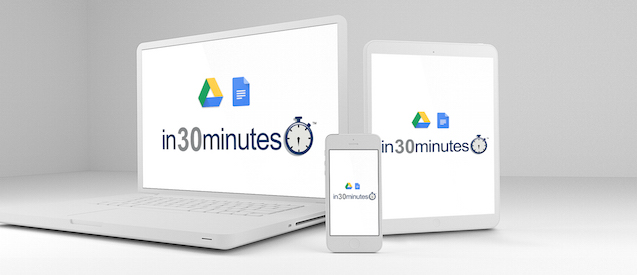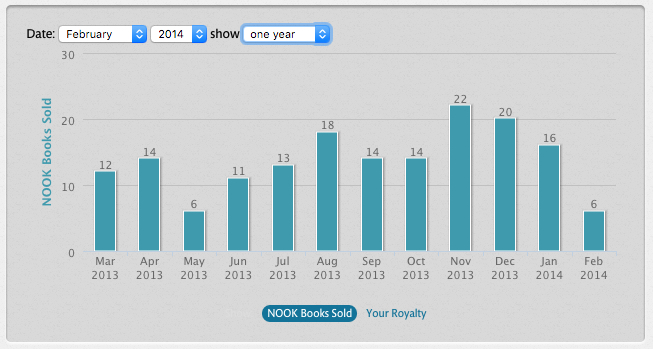When it comes to photos, the digital revolution has been a blessing and a curse. It is so darned easy to take photos, yet it’s so *&^$% hard to organize them. A lot of people either don’t know how to transfer photos from their smartphones and cameras to computers and tablets — or they can’t be bothered. Who wants to deal with cables, import settings, albums, and all of the other details? Apple has tried to take away some of the pain with Photos, the photo organizing application for OS X (soon to be renamed macOS?), as well as iCloud Photo Library, a cloud-based photo storage service.
Photos for macOS/OS X is closely integrated with the Photos app on iOS devices such as the iPhone and iPad (the mobile version of the app is described in more detail in our iPhone In 30 Minutes book):
Photos replaces iPhoto, an older Apple photo editing app for Macs. If you are using an older Mac and upgrade to the latest version of OS X, Photos will be installed and old iPhoto collections will be migrated to the new application, along with any albums created in iPhoto. Here’s what you need to know when it comes to using Photos:
- Select the Photos tab to see all photos and videos organized by date taken and location (if location data has been added). If you use an iPhone or iPad, you may also see Photo Stream images, a free service which automatically uploads to iCloud up to 1,000 photos taken on your mobile devices and then shares them on any other Mac, iPhone, or iPad connected to the same iCloud account.
- Shared is part of iCloud Photo Sharing, an optional service that lets you share photos and videos with friends and relatives, including people who do not have Apple devices — albums are visible on the Web, and people can leave comments. As iCloud Photo Sharing is similar to photo-sharing features found in Facebook, Line, and other social networks, it may not be worth activating. On the other hand, it lets you work with existing photos without having to upload them to a separate service.
- Under the Albums tab are photo albums you have created (press the “+” symbol to make a new album), as well as views of videos, the most recent import, and Photo Stream.
- Projects is an underappreciated paid service that lets users create photo books, cards, calendars, and prints. Select photos in the Photos or Albums view, and then click the “+” button. The cost varies, but the quality is good. The books and prints are an excellent way to preserve the best photos in your albums.
- iCloud Photo Library is a service that syncs photos and videos on all devices using iCloud. So, if you take a photo on your iPhone, a copy of the photo will be uploaded to iCloud and then distributed to your Mac, your iPad, and any other device connected to the same iCloud account. If you edit the photo on one device, the changes will be reflected on all other connected devices.
Photo Stream vs. iCloud Photo Library
Unlike Photo Stream, which stores only a limited number of photos, iCloud Photo Library can store all the photos and videos you add to the account, up to the storage levels you have paid for in your iCloud account. While every iCloud account comes with a limited amount of free storage, it’s not enough to hold a lot of photos or videos, especially if you are constantly taking photos with an iPhone camera.
To activate iCloud Photo Library on your Mac, go to Photos > Preferences > iCloud and check the box for iCloud Photo Library. To add more storage space, open Apple Menu > System Preferences > iCloud and select iCloud Drive. There are several paid tiers:
Once activated, photos taken on your iPhone or uploaded or transferred to your Mac will be accessible on every other connected device.





